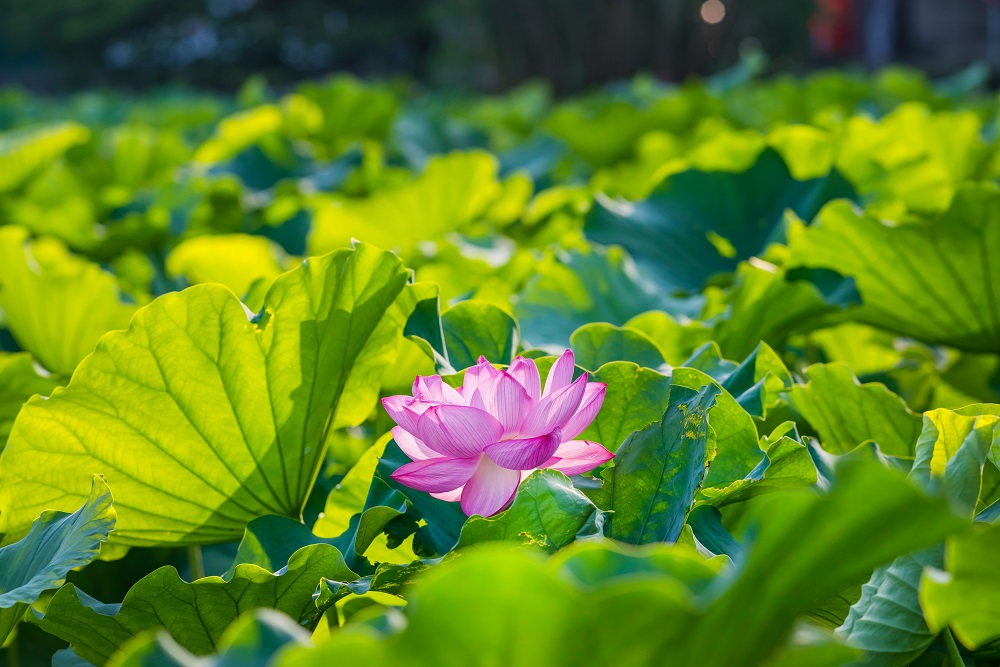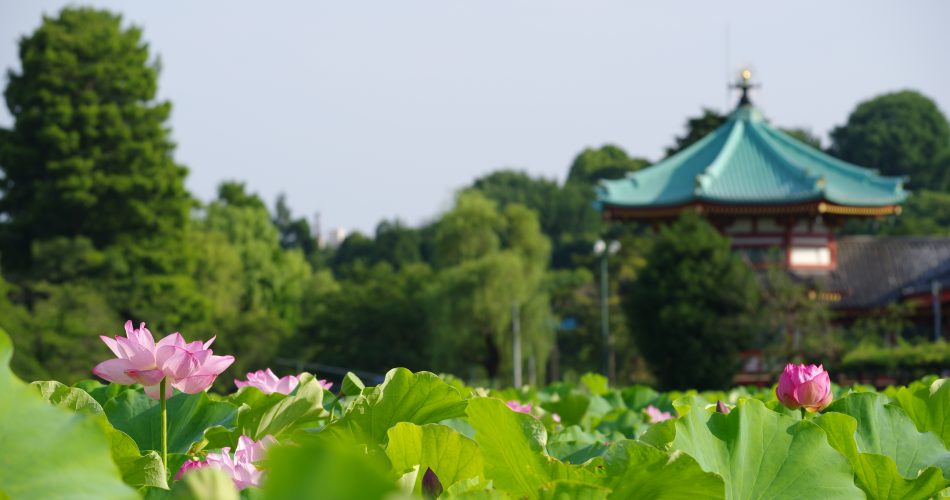One is a seafood lover’s paradise while the other has the largest number of vegetarians. One is a homogeneous society while the other a melting pot of diversity. One is facing a declining population while other is inching closer to the tag of the most populous nation. Sure, Japan and India appear to be as contrasting as chalk and cheese. But take a closer look and you can draw many parallels.
As I was growing up in India, I always heard people complimenting the stellar punctuality and hygiene of the Japanese. Like other impressionable kids, I too started believing my country was quite different from Japan.
Fast forward to 2019, to my Kanji class during my study abroad stint in Tokyo (where else). I heard my Nihongo-sensei teach a new word 世話 (pronounced as “say-wa”). When I was told its meaning (which is to take care of/look after someone) I was quite taken aback because the same word with the same meaning exists in Hindi, a language spoken by more than half of Indians. Despite both languages having different roots! That was the stepping stone of my quest to discover more similarities between my motherland and my state of residence.
Language
The Japanese language is well-known for its usage of honorifics, but what is not often realised is that many Indian languages too use respectful terms. Hindi speakers, for instance, often append the word “ji” behind names, identical to “san” in Japanese. [Since I am fluent in only Hindi, out of the variety of languages in India, I can only compare it with Japanese, although I am sure it is possible to
find resemblances with other languages as well]
And not only do both languages share surprisingly similar grammar, but both also have different levels of politeness of speech. Incidentally, this also underlines the vast potential of developing and switching to Hindi-to-Japanese language learning materials.
Filial Piety and Groupism
One can find even more similarities if we zoom out to look at other aspects of culture, which, by the way, is high-context in both societies. Both place immense importance to social hierarchy and reputation, non-verbal communication and filial piety. In both countries, as people climb the ladder of age, they also ascend the ladder of social hierarchy. Individuals extend their respect towards the
elderly by using politer forms of speech, by bowing deeply in Japan and by touching their feet in India. Family units are presided over by the eldest (often male) member and kinship is revered. And, as traditionally collectivist societies, the family and by extension, the community stands higher than the individual (although individualism is on the rise in present times, especially in India).
Gender Roles and Marriage
During my English facilitation part-time job, I had the chance to get to know the opinions of Japanese students on gender issues. Despite being one of the most developed nations in the world and a member of the prestigious G7, Japan is yet to achieve gender parity in the true sense. Akin to India, taking care of the household is predominantly a woman’s duty in Nippon and women have
traditionally been expected to become housewives after marriage. India too has its form of お見合い (o-mi-ai), a tradition of arranged marriages, although it is increasingly becoming uncommon in both societies. Although recent strides in women empowerment are ushering in positive changes in both nations, there still is a long way to go in changing completely the conservative norms and
mentality and break the shackles of patriarchy and rigid gender roles.
Food
As mentioned in the beginning, although the diets of Japanese and Indian can be vastly different, rice is a staple for a large population in both of these Asian nations. And, although the Indian chai and the Japanese o-cha(Green tea) are slightly different, both countries are well-known for being avid tea drinkers. Indian cuisine has been quite popular in Japan for a while and almost Japanese I met spoke about “curry and naan” with sparkling eyes. On the other side, although Japanese cuisine has been a bit late to tickle the Indian taste buds, it is slowly gaining a foothold in India. Of course, unfamiliar cuisines have to be tinkered often to suit local tastes (the curry my mother cooks is distinctly different from what I can get at Indian restaurants in Japan and I am sure the Japanese don’t consume “California roll” or “vegetarian sushi”) but it cannot be argued that food is the ingredient that brings us together.
My favourite Japanese sweet snack – “Karinto” – which are sweet fried-dough pillows practically are a Japanese version of the Indian shakarpara! Moreover, okonomiyaki is very similar to the North Indian snack Rava cheela and so is takoyaki to the South Indian paddu!
Religion and Mythology

As is widely known, Buddhism, which is practiced by 66% of the Japanese population (Agency for Culture Affairs, Government of Japan, 2018), originated in India. But there are lesser-known trails of history which connect the two cultures.
The Ueno Park in Tokyo, famous for its scenery during spring, is home to the floating Benzaiten Shrine, where locals often flock to pray for success in exams and good fortune. The shrine is devoted to Benzaiten (or Benten), the Japanese goddess of everything that flows – from water to time, from words to music and also knowledge – who is depicted as holding a biwa (a plucked string instrument), sitting atop a lotus flower. The much-revered Hindu goddess of arts, music, knowledge, and wisdom – Saraswati – is also portrayed as being seated on a white lotus, holding a veena (a classical Indian musical instrument). Coincidence? Absolutely not, for Benzaiten, in reality, originates from Saraswati. And this is not a singular case. As several Hindu gods, as well as demons, have found their way into Japanese culture, shrines dedicated to Lakshmi, Brahma, Ganesha and even deities no longer worshipped in India can be found across the Japanese archipelago.
And, whether you are interested in mythology or not, the blooming lotus flowers in summers in the Shinobazu pond, upon which floats the Benten Shrine, are surely a treat for the eyes (and the camera!).
For these two distinctive countries with a wealth of culture, there is a lot more common ground than what meets the eye. As rightly noted by the former Ambassador of Japan to India, Mr. Yasukuni Enoki, “It is very important for the Japanese to know that at the bottom of Japanese culture, Indian culture is very firmly imprinted”. And it is equally essential for Indians to strengthen the existing
bonds that connect the two and dive deeper into its own ancient, yet forgotten, culture and history.
India and Japan have much deeper ties than are apparent at first glance. I hope in time, the long-forgotten history and shared roots see the light and bring peoples from these two countries closer. The friendship between India and Japan, in the recent tides of anti-globalization, can be an epitome of shared understanding and common ground, despite all differences.


Comments